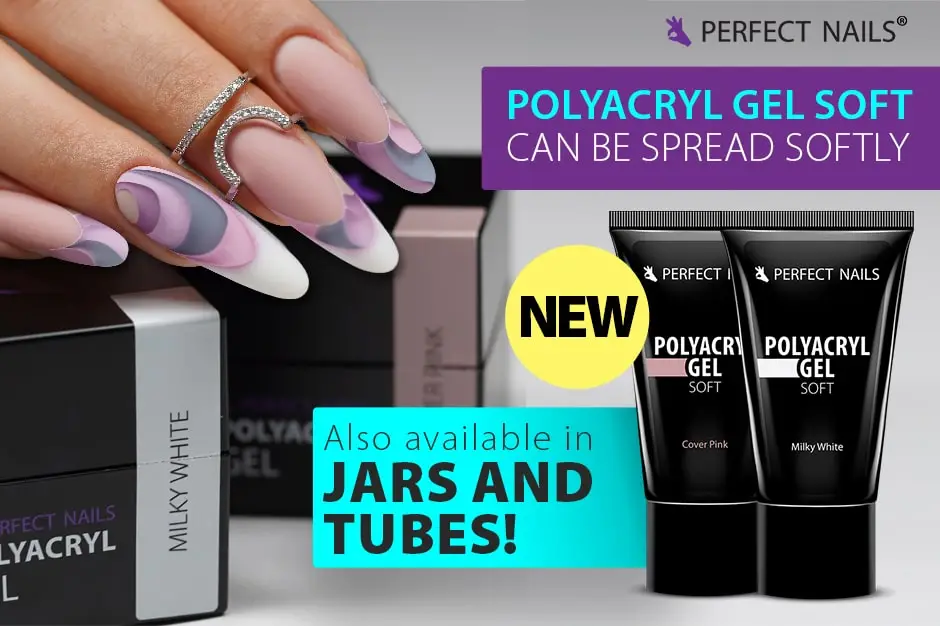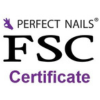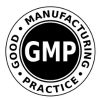
Gel, acrylic, or acrylgel? Which one should I choose?
As professionals, we often receive the question of which material is worth choosing, and there isn't a straightforward answer. The correct response depends on various factors. Let's explore a few considerations to help with the decision:
1. PREVIOUS EXPERIENCE, ALLERGIES:
If the client has had artificial nails before, it's beneficial to know their experiences. Was the previous material satisfactory, comfortable, and did it cause any allergic reactions? If everything was fine, sticking with the familiar material might be an option. However, if there were issues with durability (lifting, breaking), it's essential to investigate the reasons—whether it was a technical error during application or if the chosen material wasn't suitable for the client's lifestyle and nails. In the latter case, consider trying a different material or technique, but always seek feedback from the client within a few days.
2. THIN, WEAK NAILS:
Flexible, weak nails may not be suitable as a base for hard materials like acrylic or strong builder gels. For such nails, it's ideal to find a material that provides mild flexibility to follow the movements of the nail plate yet offers strong support. A more flexible builder gel (e.g., Cool Protein or Bright Clear/Extreme Whitening Gel) or Polyacryl gel products could be suitable.
3. WEAKENED, DAMAGED NAILS:
Weakened, damaged nails make the nail bed more sensitive, potentially causing pain during the curing process of UV-reactive materials. This issue can be mitigated by using acrylic or Acrylgel Prime, which generates minimal heat during curing, avoiding an unpleasant burning sensation.
4. BITTEN NAILS:
In cases where nail-biting has positioned the hyponichium higher than the nail plate, a temporary solution is needed until the nail grows forward and pushes the hyponichium back to its place. Acrylic is ideal for this, as it can be soaked off with acetone after 2-3 infills, allowing you to work with any material on the newly grown nail.
5. MIXING GLITTERS, FLAKES:
When creating nails with embedded glitters, pigment powders, or flakes, acrylgel and very dense builder gels are not suitable. During mixing, a lot of air bubbles can be trapped, which may not dissipate for a long time or at all. In such cases, it's better to work with softer builder gels or acrylic.
6. INCORPORATING GEL POLISH:
Embedding gel polish, like a free edge, can be challenging because it somewhat weakens the nail structure and is incompatible with acrylic. The best choices here are polyacryl gel materials or dense builder gels, which cooperate seamlessly with gel polishes due to the tacky cohesive layers, resulting in a strong final nail.
7. SHORT, NATURAL-LOOKING NAILS:
For short nails, it's advisable to choose materials that are thin, natural-looking yet strong. Self-leveling gels, such as Cool Protein or Build&Fill gels, or Milky White Soft - Builder Gel 50g, are excellent choices.
In conclusion, there's no such thing as a universally bad or perfect material group; it depends on the purpose for which the material is sought. It's worth using and getting to know them as much as possible to recommend the right material for the client in each situation.
Author:
Évi Darabos






